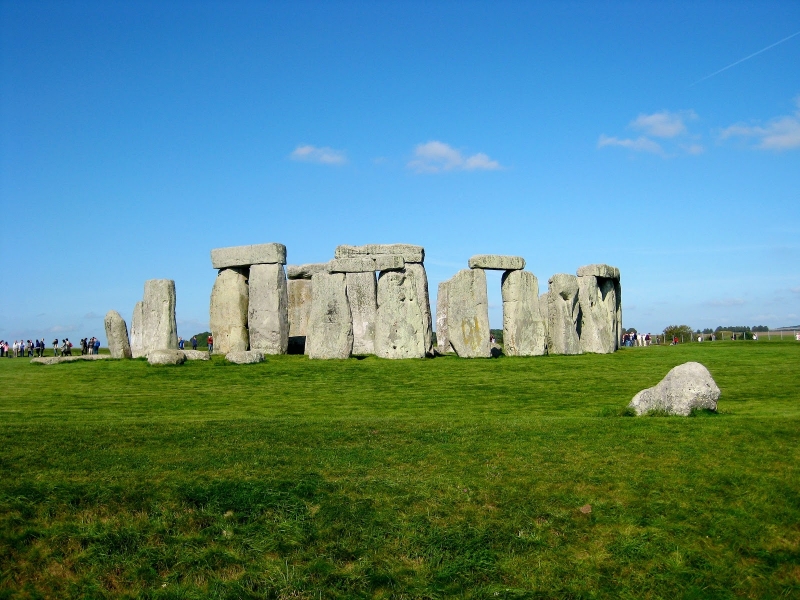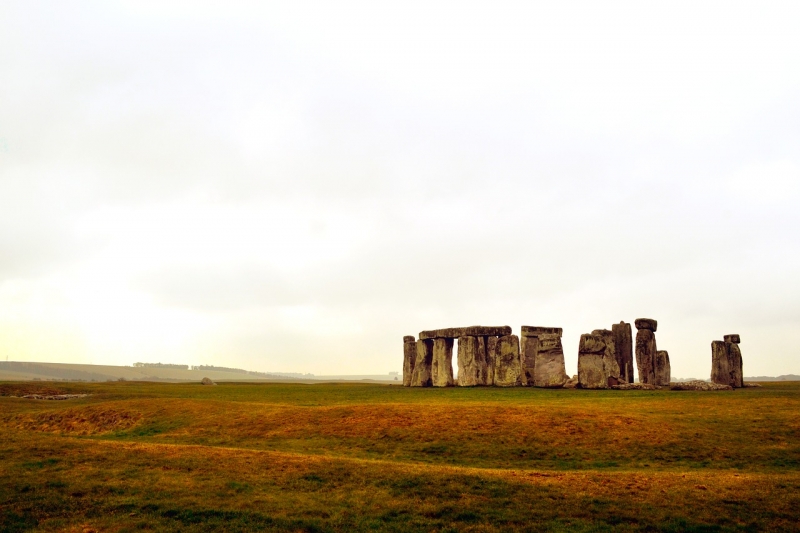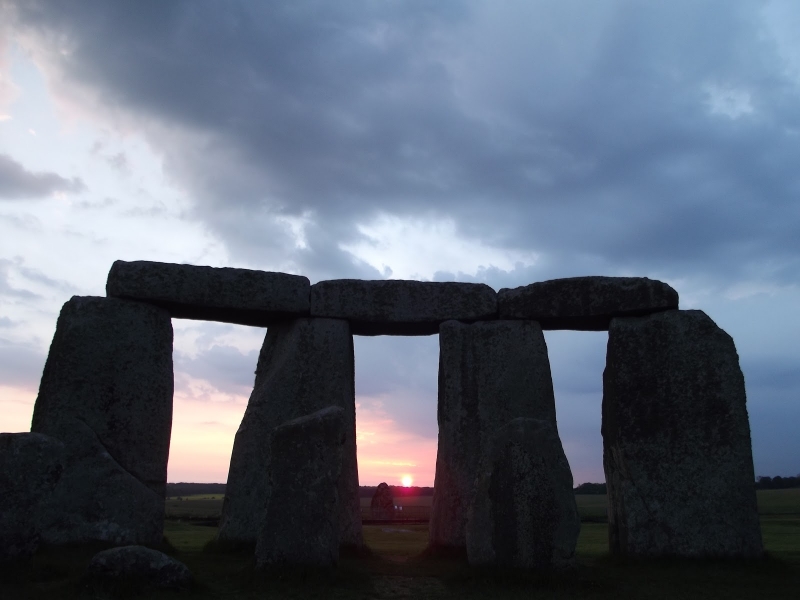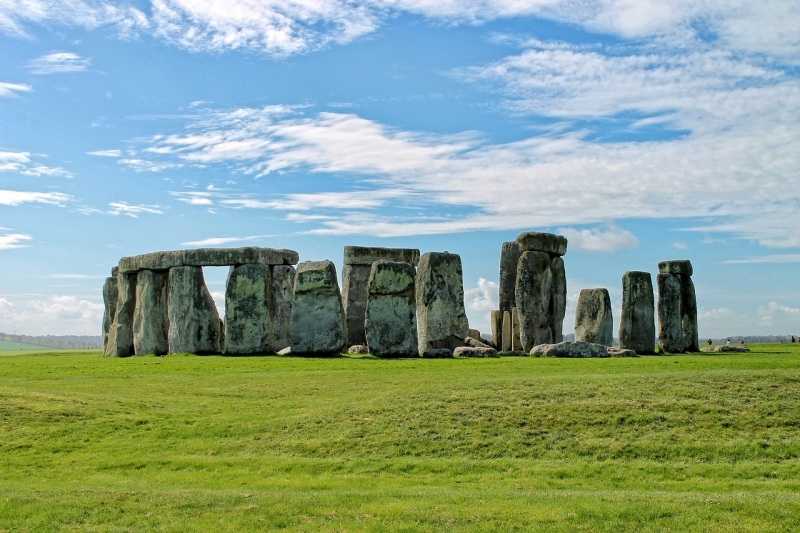Reigning in the rural county of Wiltshire in England, the Stonehenge is one of the most well-known and instantly recognisable tourist attractions in the UK, and has even turned into a pop culture cult icon. Not much is known about the landmark, but it’s believed to be constructed during the prehistoric era in 3000 BC. The famous ring of standing stone pillars has been the subject of dozens of excavation by researchers hoping to uncover the perennial riddle behind its mysterious origins.

Image credit: Jiuguang Wang
The enigma shrouding the Stonehenge mainly revolves around two questions: Firstly, how were the stones transported and arranged to where and what it is today? According to geologists, the nearest source of the spotted dolerite bluestones – the rocks used to build Stonehenge – is Preseli Hills in Pembrokeshire, Wales, over 230 kilometres away! Without basic transport technology like wheels (which were invented more than five centuries after Stonehenge was built), how the gigantic monument came to be continues to elude even the most avid scientists and historians today.
The Alien Theory
And thus queues the conspiracy theory that Stonehenge was built by aliens, or at least aided by some form of exterrestrial support. With each stone averaging to be 4-metres tall and 2-metres wide, weighing over 20,000 kg, transportation would have been a near-impossible feat. As such, there are countless myths and folklore suggesting the involvement of aliens during the building of the monument. Some theories even assert that these aliens bestowed upon the ancient civilisations their transcendent god-like knowledge and skills.

The second question involves the purpose of Stonehenge itself. The site hardly seems like a mere decorative piece to spice up the green English landscape with some aesthetically-placed rocks. With no written records, there is no clear answer to its intended function. However, studies have discovered a mathematical relationship to the arrangement of the stones.
A Celestial Observatory
One probable theory ascertains that given the rock placement, Stonehenge is an ancient astronomy calculator. The standing stones were therefore framed to track the movements of orbits and stars, and observe other celestial bodies in the sky. Moreover, the heel stone of the formation was found to match up with the rising and setting sun in midwinter. In fact, tourists from all over the world flock to the formation during the summer and winter solstice to observe the picture-perfect alignment.
A Music Stadium
Another theory behind Stonehenge argues that it was actually built by their prehistoric makers as a music stadium or concert hall. This was evidenced by studies on the acoustics of the site, which amplified whatever sounds made within the ring. Again, extraterrestrial beings were brought into the picture, as this theory suggests that the music created was part of alien worship or ritual sacrifices.

Image credit: Stonehenge Stone Circle
Nonetheless, despite all the circulating myths, the most recent excavation project made an enormous leap in the quest to truly solve the mystery of Stonehenge. Using under-surface and magnetic imaging, scientists of the Stonehenge Hidden Landscape Project revealed that the rocks were part of an even larger network of structures, forming patterns with other Neolithic landforms in Salisbury Plain, Avebury, as well as Preseli Hills.
Burial mounds, underground routes, and burials chambers were also discovered around the grounds of Stonehenge, furthering implying that the site was used for ceremonial rituals, and most likely religious processions which were common when it was built.

Still think Stonehenge’s just a pile of oddly-shaped stones in an idyllic location? Think again. The rich history and astonishing background of this landmark will leave you baffled. Besides, no trip to the UK is complete without a visit to these iconic stones.






